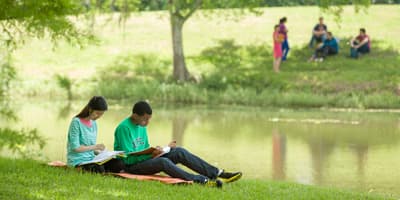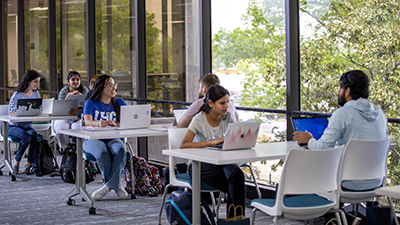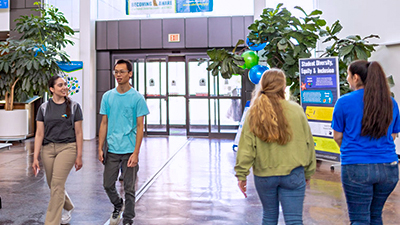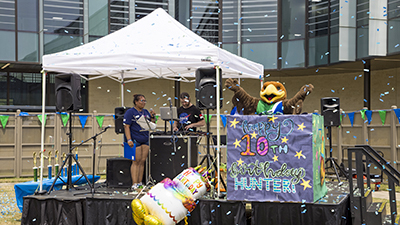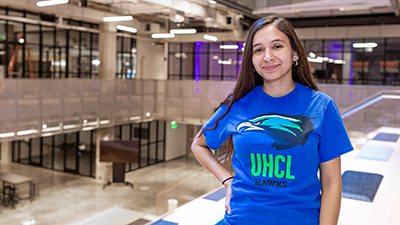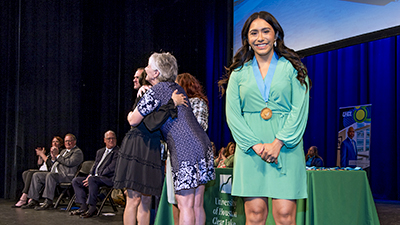Prof's challenge: teach future science educators to create STEM culture in school

The four letters “STEM” aren’t just an acronym meaning science, technology, engineering and math.
“In order for young students to become successful future collaborators, critical thinkers and problem solvers,” said University of Houston-Clear Lake’s Assistant Professor of STEM Education Carol Waters. “STEM must be a mindset ingrained in a school’s culture. “
Waters has been researching this topic, investigating the most effective practices in STEM programs in elementary schools, and her findings have recently been published in the Journal of Science, Mathematics and Technology in an article entitled, “Exploring Effective Practices of an Elementary STEM Block Program.”
Her research targets STEM educators’ perception of what made a STEM school successful.
“I’ve learned that having key players in the right areas is crucial to creating this STEM environment,” Waters said. “It’s a no-brainer to have a specialist at school who is instrumental in designing engineering lab experiences, and teaching and modeling to students and teachers. When you talk to administrators, that person is instrumental. But then, that person can step back, having developed the teacher, and let them take the lead.”
Andrea Montalvo, who is working toward her Bachelor of Science in Education with Core Studies EC-6, aspires to become a second-grade teacher upon graduating in fall 2023 and said she will use what she’s learned in her Science and Math Methods classes with her own students.
“I’ll be using these hands-on tactics in my own classroom,” Montavlo said.
She said often, in Waters’ class, the lesson is a hands-on activity, like creating a rocket balloon car. “We got instructions on how to do it, got a few of the materials, and watched a YouTube video on how to make our rocket car,” she said. “The idea was to figure out how to make it go straight. My first attempt, the car went all over the place because I made a mistake, but I had to go back and figure out what was wrong, then test it to get it to go straight.”
She added that these lessons were fun for students; showing them how to work in teams, think critically, and figure out how to make an activity work without being given too many details. “Most people learn best this way,” she said. “This helps students retain information.”
Waters said she is purposeful in making the connection to her Methods students, not just to science, but to other content areas. “Most schools only do about 20 minutes of science a day, but we need to be explicit in how students can see the connections between science and the other content areas. Science needs to be a regular part of the school day, not just 20 minutes.”
“I’m using the methods from my research on my own UHCL students because being a science methods teacher, we need to be doing these kinds of hands-on activities in college classes just as they need to in K-12,” Waters said. “When I was writing those articles, I realized we need to do a lab activity every class meeting. That’s my goal and my challenge for my methods courses.”
For more information about degree options within the College of Education, go online.
